Using binaural audio with psychedelics
Binaural audio can deepen psychedelic trips and support meditation and mindfulness. Learn how it works, the difference between binaural beats and recordings, and how to safely use binaural audio during your next journey.
Sound has always been part of the psychedelic experience. Whether it’s rhythmic drumming or ambient soundscapes, sound can guide emotions, focus attention, and shape the overall experience. In recent years, binaural audio, a form of sound engineered to affect brain waves, has attracted attention for its possible role in enhancing psychedelic journeys.
Binaural beats are used in meditation, sleep aids, and cognitive focus tools. Now, many are asking: can they deepen or improve a psychedelic trip? While the research is still developing, there’s growing interest in how this kind of sound might support emotional release, healing, or simply a smoother ride through altered states.
Why sound matters during psychedelic experiences
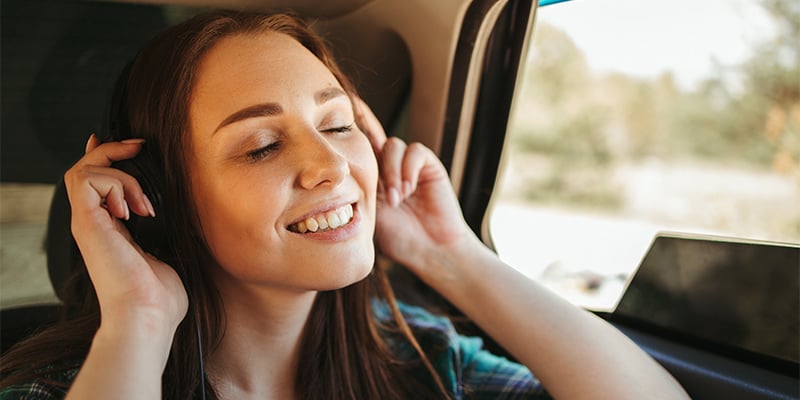
Sound is more than background noise during a trip. It can become a central part of the experience, guiding thoughts, shifting emotions, and even helping people navigate difficult inner terrain. This is because psychedelics can make our senses more responsive, heightening awareness and sensitivity.
Sound as an emotional and cognitive guide
When someone takes a psychedelic substance, their brain becomes more responsive to stimuli. Music and sound can:
- Shape the emotional direction of a trip
- Anchor awareness during intense moments
- Help release emotional tension or trauma
- Support introspection and a sense of connection
Because of this, choosing the right kind of sound is crucial. Harsh or chaotic audio can fuel anxiety, while calm, steady tones can reduce it. Many people report that music "takes them somewhere" on a trip, and the direction depends on the sound.
Traditional and modern uses of music
For centuries, music has played a core role in psychedelic rituals, such as the following.
- Shamanic drumming uses steady rhythms to help people enter trance states.
- Icaros, sacred songs sung by Amazonian shamans, are believed to guide and protect during ayahuasca ceremonies.
- Tibetan chants and overtone singing are used in spiritual practices for deep inner focus.
Modern psychedelic therapy picks up this thread. Clinical trials at places like Johns Hopkins and through MAPS (Multidisciplinary Association for Psychedelic Studies) use carefully curated playlists to guide participants. These soundscapes are chosen for their emotional progression, tempo, and tone, aiming to support safety and insight.
What is binaural audio and how does it work?
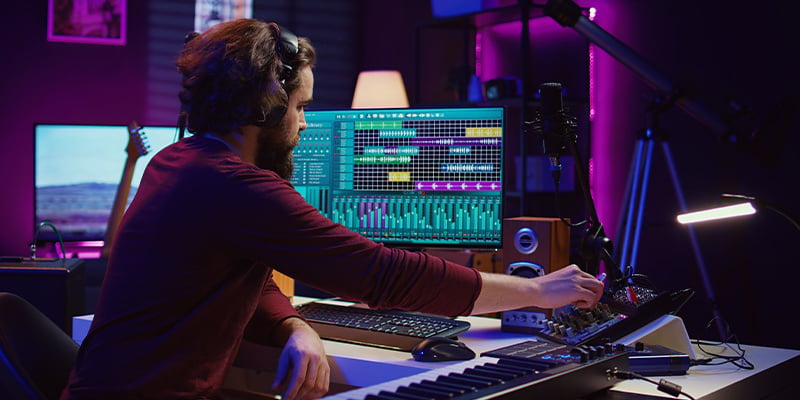
Binaural audio is a listening technique that tricks the brain into hearing a third tone. This happens when two slightly different frequencies are played into each ear. For example, if the left ear hears a 200 Hz tone and the right hears 210 Hz, the brain perceives a 10 Hz beat. This "binaural beat" isn’t an actual sound but a neurological effect.
This difference in frequencies is linked to different brainwave states:
- Delta (0.5–4 Hz): Deep sleep
- Theta (4–8 Hz): Deep relaxation, meditation, early sleep
- Alpha (8–14 Hz): Calm focus
- Beta (14–30 Hz): Active thinking
- Gamma (30+ Hz): High-level cognition
Binaural beats vs binaural recordings
It’s worth distinguishing between binaural beats and binaural recordings.
- Binaural beats are audio tracks designed to influence brainwaves, often with simple tones layered under ambient music or white noise.
- Binaural recordings are immersive 3D recordings that simulate spatial sound, as if you're inside the scene, and are useful for enhancing presence.
Both can enhance a trip, but in different ways. Beats aim to entrain the brain, while recordings create a spatial environment.
How binaural audio can influence a psychedelic journey
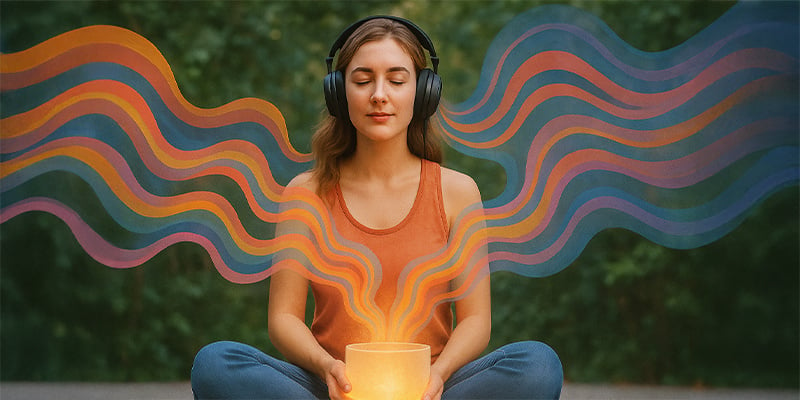
Used intentionally, binaural audio can shape the direction and feel of a trip in meaningful ways. Here’s what it may offer.
Facilitating relaxation and reducing anxiety
It’s common to experience anxiety during a trip, especially for beginners or during strong peaks. Binaural beats in the theta or delta range may reduce nervous system arousal, helping the body relax. This is supported by studies showing binaural beats can reduce cortisol and promote calmness.
Deepening meditative states
During a trip, some people use meditation to stay grounded. Played at low frequencies, binaural audio may support this process by helping the brain drop into states linked to stillness and reduced ego activity.
Enhancing perception of space and environment
Binaural recordings, especially of natural environments like forests, streams, or rain, can feel incredibly vivid while tripping. These 3D sounds can anchor you, create a sense of safety, and deepen your connection to the world around you.
Guiding emotional catharsis or insight
Some people report that certain frequencies or audio patterns help them reach emotional breakthroughs. When combined with supportive music, binaural beats may promote introspection or help shift through challenging inner material.
Practical tips for using binaural audio with psychedelics

If you're considering using this kind of sound support, plan carefully. A few simple steps can make the experience smoother and safer.
Use headphones for maximum effect
Binaural beats only work with stereo headphones. Without them, the brain won’t register the binaural effect.
Choose slow, harmonious frequencies
For psychedelic sessions, beats in the theta (4–8 Hz) or delta (0.5–4 Hz) ranges are usually most helpful. These are linked to calm, meditative states. Avoid fast or erratic beats unless you’re experienced and want stimulation.
Prepare your playlist in advance (and test it)
Avoid the mistake of searching for music mid-trip. Choose your tracks ahead of time and make sure they’re in the right order.
Even calming music can become irritating under the influence. Do a full playback of your chosen audio beforehand, ideally using the same headphones you’ll use when tripping. Keep the volume comfortable and avoid any harsh or jarring tones.
Start small
Try short sessions of 10–20 minutes at first. See how your body and mind respond. Increase the duration gradually over time.
Examples of binaural audio playlists and tools
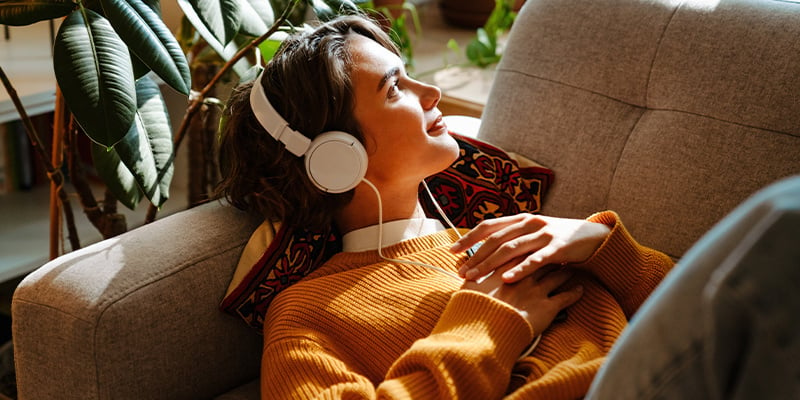
There’s no one-size-fits-all option. People respond differently to tones and music styles. Here are a few reliable starting points.
- Spotify: Search for "binaural beats psychedelic" or "psychedelic therapy playlist." Look for ambient, slow-building tracks.
- Brain.fm: This platform offers science-backed audio designed for focus, meditation, and relaxation. Some options may suit mild trips.
- Insight Timer: This meditation app offers user-generated playlists, including binaural tones paired with breathing and body scans.
- myNoise and Gnaural: These are free websites/tools that let you build your own binaural tracks. Control the wave type, volume, and background noise.
Risks of using binaural audio with psychedelics

Though generally safe, binaural audio can have unwanted effects if used without care. Sound shapes the entire mood of a trip, and not always in helpful ways.
- Overstimulation: Fast or complex tracks can overwhelm, especially during peak effects.
- Anxiety triggers: Some tones or sounds may feel disturbing while under the influence.
- Audio dissonance: Poorly mixed tracks or clashing frequencies can create discomfort.
- Emotional overload: Certain audio patterns may bring on emotional reactions too quickly or strongly.
- Loss of grounding: Some people report feeling “floaty” or dissociated from their body when using spatial audio on high doses.
Always remember: just because something is "calming" when sober doesn’t mean it’ll feel that way during a trip.
Binaural audio and psychedelics: A new frontier?
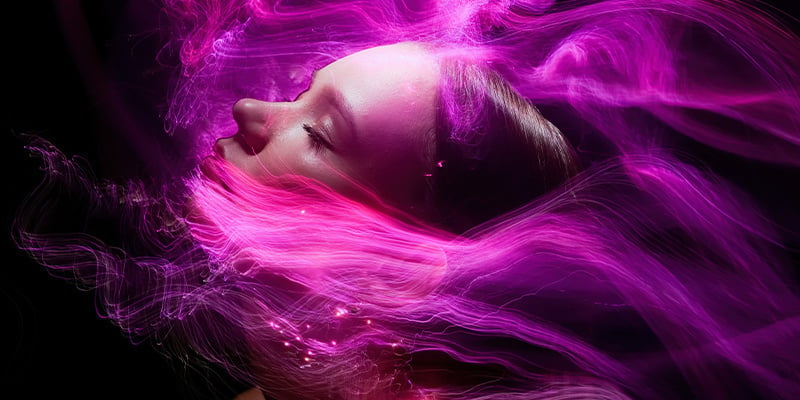
Music and sound aren’t extras in the psychedelic experience: they’re central to how the mind travels during altered states. Binaural audio offers a new tool for shaping that inner landscape, reducing fear, improving focus, and supporting healing.
But like any powerful tool, it requires thoughtful use. Testing your tracks, choosing the right tones, and understanding your own limits are all part of using binaural beats wisely. If you’re planning to use music or binaural audio during a psychedelic experience, treat the process with the same care you’d give to set and setting. That means taking time to plan, check your gear, and know what to expect.
-
 5 min
June 30, 2025
Top 10 entheogens
Used in ceremonies and healing practices for centuries, entheogens are powerful tools for spiritual exploration. Discover 10 key substances—from classics like ayahuasca and LSD to lesser-known ones...
5 min
June 30, 2025
Top 10 entheogens
Used in ceremonies and healing practices for centuries, entheogens are powerful tools for spiritual exploration. Discover 10 key substances—from classics like ayahuasca and LSD to lesser-known ones...
-
 4 min
December 10, 2024
Mushroom Music: The Best Playlists For Your Psychedelic Journey
This article explores the unique connection between psilocybin and sound, offering six meticulously crafted playlists to elevate your psychedelic experiences. Dive into the transformative world of...
4 min
December 10, 2024
Mushroom Music: The Best Playlists For Your Psychedelic Journey
This article explores the unique connection between psilocybin and sound, offering six meticulously crafted playlists to elevate your psychedelic experiences. Dive into the transformative world of...
-
 17 min
September 23, 2022
An Interview With Jon Hopkins About Music For Psychedelic...
This conversation with Jon Hopkins explores the inspiration and motivation that led to the creation of Music for Psychedelic Therapy, a new album designed to be used alongside psychedelics to...
17 min
September 23, 2022
An Interview With Jon Hopkins About Music For Psychedelic...
This conversation with Jon Hopkins explores the inspiration and motivation that led to the creation of Music for Psychedelic Therapy, a new album designed to be used alongside psychedelics to...
-
 5 min
August 1, 2022
The 5 Most Potent Psychedelics
Find out about 5 of the strongest psychedelics around. Covering a little of the drug, and giving an overview of the effects, this list is in no way exhaustive, but should give you an idea of what...
5 min
August 1, 2022
The 5 Most Potent Psychedelics
Find out about 5 of the strongest psychedelics around. Covering a little of the drug, and giving an overview of the effects, this list is in no way exhaustive, but should give you an idea of what...





 United States
United States

